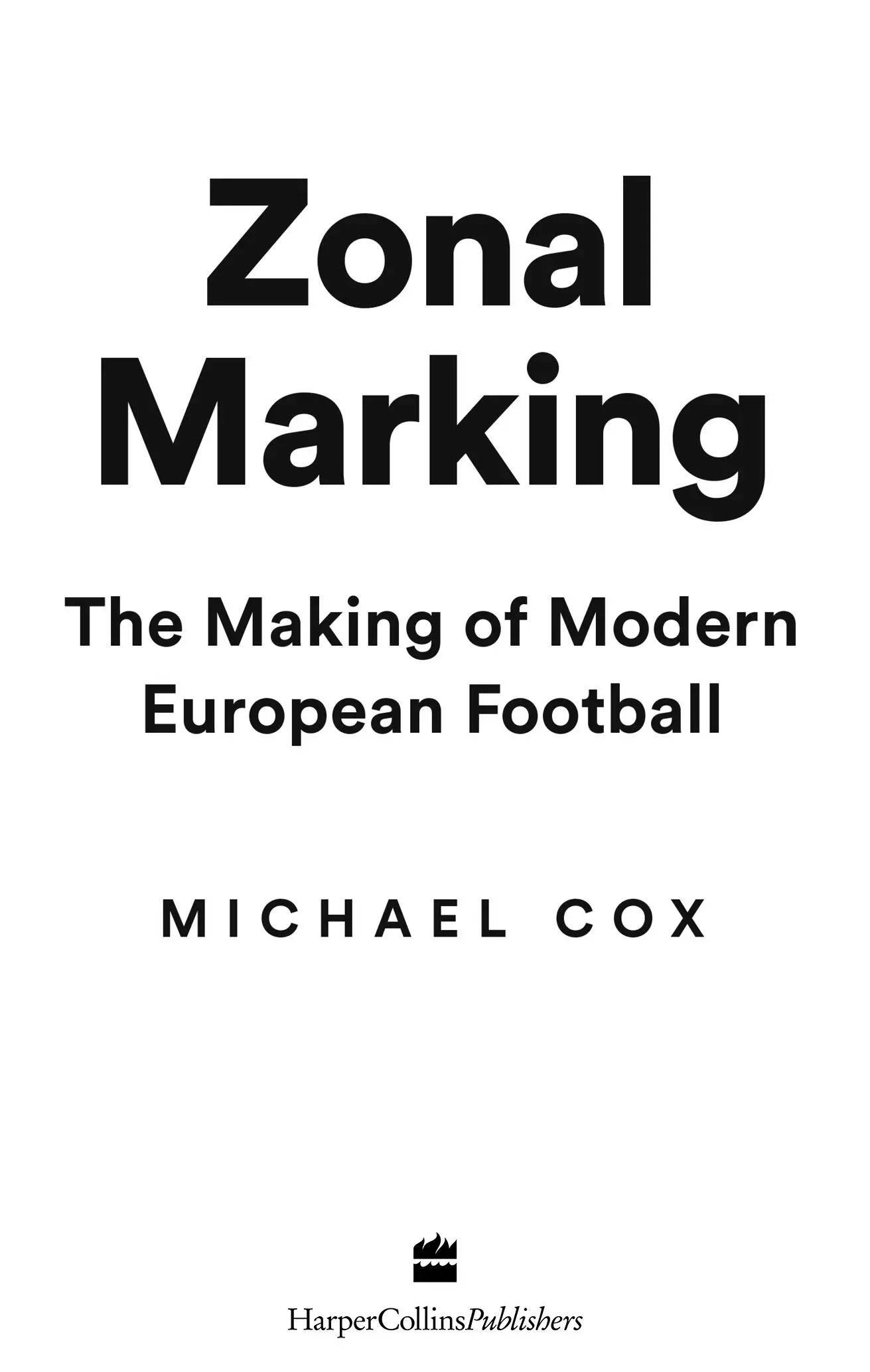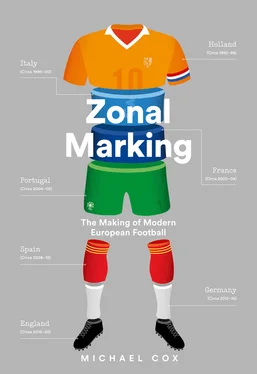
HarperCollins Publishers
1 London Bridge Street
London SE1 9GF
www.harpercollins.co.uk
First published by HarperCollins 2019
FIRST EDITION
© Michael Cox 2019
Cover layout design Sim Greenaway © HarperCollins Publishers 2019
Cover photograph © Shutterstock.com
A catalogue record of this book is available from the British Library
Michael Cox asserts the moral right to be identified as the author of this work
All rights reserved under International and Pan-American Copyright Conventions. By payment of the required fees, you have been granted the nonexclusive, non-transferable right to access and read the text of this e-book on screen. No part of this text may be reproduced, transmitted, downloaded, decompiled, reverse engineered, or stored in or introduced into any information storage retrieval system, in any form or by any means, whether electronic or mechanical, now known or hereinafter invented, without the express written permission of HarperCollins e-books.
Find out about HarperCollins and the environment at
www.harpercollins.co.uk/green
Source ISBN: 9780008291167
Ebook Edition © May 2019 ISBN: 9780008291150
Version: 2019-05-07
1 Cover
2 Title Page
3 Copyright
4 Contents
5 Introduction
6 Part One – Voetbal, 1992–96
7 1 Individual versus Collective
8 2 Space
9 3 Playing Out from the Back
10 Transition: Netherlands–Italy
11 Part Two – Calcio, 1996–2000
12 4 Flexibility
13 5 The Third Attacker
14 6 Catenaccio
15 Transition: Italy–France
16 Part Three – Foot, 2000–04
17 7 Speed
18 8 The Number 10
19 9 The Water Carrier
20 Transition: France–Portugal
21 Part Four – Futebol, 2004–08
22 10 Structure
23 11 The First Port of Call
24 12 Wingers
25 Transition: Portugal–Spain
26 Part Five – Fútbol, 2008–12
27 13 Tiki-taka
28 14 False 9s & Argentines
29 15 El Clásico
30 Transition: Spain–Germany
31 Part Six – Fußball, 2012–16
32 16 Verticality
33 17 Gegenpressing
34 18 Reinvention
35 Transition: Germany–England
36 Part Seven – Football, 2016–20
37 19 The Mixer
38 Epilogue
39 Bibliography
40 Acknowledgements
41 List of Searchable Terms
42 Also by Michael Cox
43 About the Publisher
Landmarks CoverFrontmatterStart of ContentBackmatter
List of Pages iii iv vii viii ix 1 3 4 5 6 7 8 9 10 11 12 13 14 15 16 17 18 19 20 21 22 23 24 25 26 27 28 29 30 31 32 33 34 35 36 37 38 39 40 41 42 43 44 45 46 47 48 49 50 51 52 53 54 55 56 57 58 59 61 62 63 64 65 66 67 68 69 70 71 72 73 74 75 76 77 78 79 80 81 82 83 84 85 86 87 88 89 90 91 92 93 94 95 96 97 98 99 100101102103104105 106107108109110111112113114115116117118119120121122123 124125126127 129130131132133134135136137138139140141142143 144145146147148149150151152153154155156157158159160161162163164 165166167168169170171172173174175176177178179180181 182183184185 187188189190191192193194195196197198199200201202203 204205206207208209210211212213214215216217218219 220221222223224225226227228229230231232233234235236237238239 240241242243 245246247248249250251252253254255256257258259260261262263264265266267268 269270271272273274275276277278279280281282283284285286287288289290 291292293294295296297298299300301302303304305306307308309310311312 313314315317 319320321322323324325326327328329330331332333334335336337338339340341 342343344345346347348349350351352353354355356357358359360 361362363364365366367368369370371372373374375376377378379380 381382383385 387388389390391392393394395396397398399400401402403404405406407408409410411412413414415416 417418 419420421422423424 425426427 428429430431432433434435436 ii
Despite this book’s chronological nature, it was not originally intended to be a history of modern European football. The primary intention was to analyse the various playing styles that dominate Europe’s seven most influential footballing countries – the Netherlands, Italy, France, Portugal, Spain, Germany and England – a fairly unarguable septet, based on a combination of recent international performance and the current strength of their domestic leagues.
A nation’s footballing style is reflected in various ways. It’s not simply about the national side’s characteristics, but about the approach of its dominant clubs, the nature of its star players and the philosophy of its coaches. It’s about the experiences of a country’s players when moving abroad, and about the success of its imports. It’s about how referees officiate and what the supporters cheer. That’s what this book was always going to be about.
But then came the issue of structure – in which order should the countries be covered? Geographically? Thematically? By drawing balls out of bowls at UEFA’s headquarters? It immediately became clear that the story wasn’t simply about the different style of each country. It was also about how Europe’s dominant football country, and dominant style, had changed so regularly.
1992 was the obvious start date, heralding the back-pass law, the rebranding of the European Cup to Champions League and the formation of the Premier League. From that point, each country could be covered in turn, by focusing on a four-year period of success.
In the early 1990s the Dutch footballing philosophy was worshipped across the continent, but its influence declined after the Bosman ruling. The baton passed to Italy, which clearly boasted Europe’s strongest league. But then France started winning everything at international level and its national academy became the template for others, before suddenly, almost out of nowhere, Europe’s most revered player and manager both hailed from Portugal. Next, Barcelona and Spain won across the board during a very obvious four-year period of dominance, before tiki-taka’s decline meant Bayern and Germany took control. Finally, Europe’s most successful coaches found themselves competing in England, introducing various styles to the Premier League.
Naturally, each section strays outside these four-year boundaries. You can’t analyse Dutch football in the mid-1990s without relating it back to the Total Football of the 1970s, and you can’t analyse Didier Deschamps’ performances for France at the turn of the century without noting that he won the World Cup as manager in 2018. None of the chapters are named after specific individuals or teams from each period; they’re based around more general concepts that have been reflected in each nation’s football over a longer period.
The seven sections are different in style. The Netherlands section is about how the Dutch dictated the nature of modern European football, the Italy section focuses on specific tactical debates and the France section is about its production of certain types of player. The Portugal section is about its evolution into a serious footballing force, the Spain section about its commitment to a specific philosophy, the Germany section about its reinvention and the England section about how it borrows concepts from elsewhere.
By virtue of the book’s structure, some noteworthy teams aren’t covered extensively here: there are only passing mentions of Greece’s shock Euro 2004 triumph, Italy’s World Cup success two years later and Real Madrid’s Champions League-winning sides of recent years. But the most influential players, coaches and teams since 1992 feature heavily, and therefore, while it wasn’t the original intention, this book hopefully serves as a history of modern European football by outlining its crucial innovations, including gegenpressing, playing out from the back, tactical periodisation, tiki-taka and, of course, zonal marking.
Читать дальше













